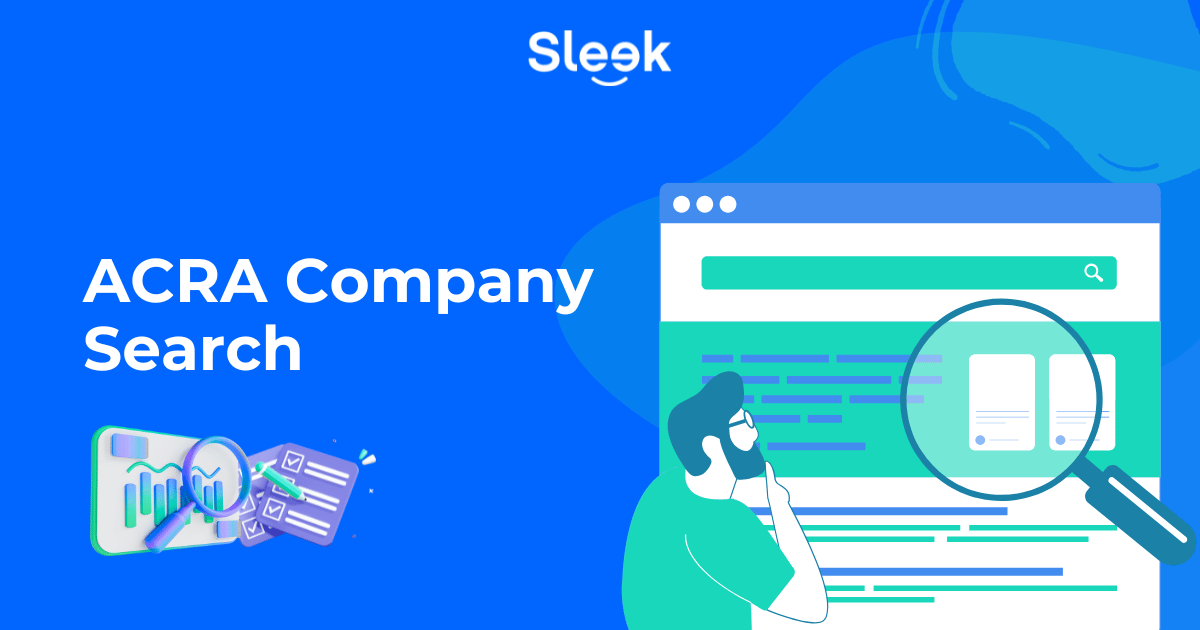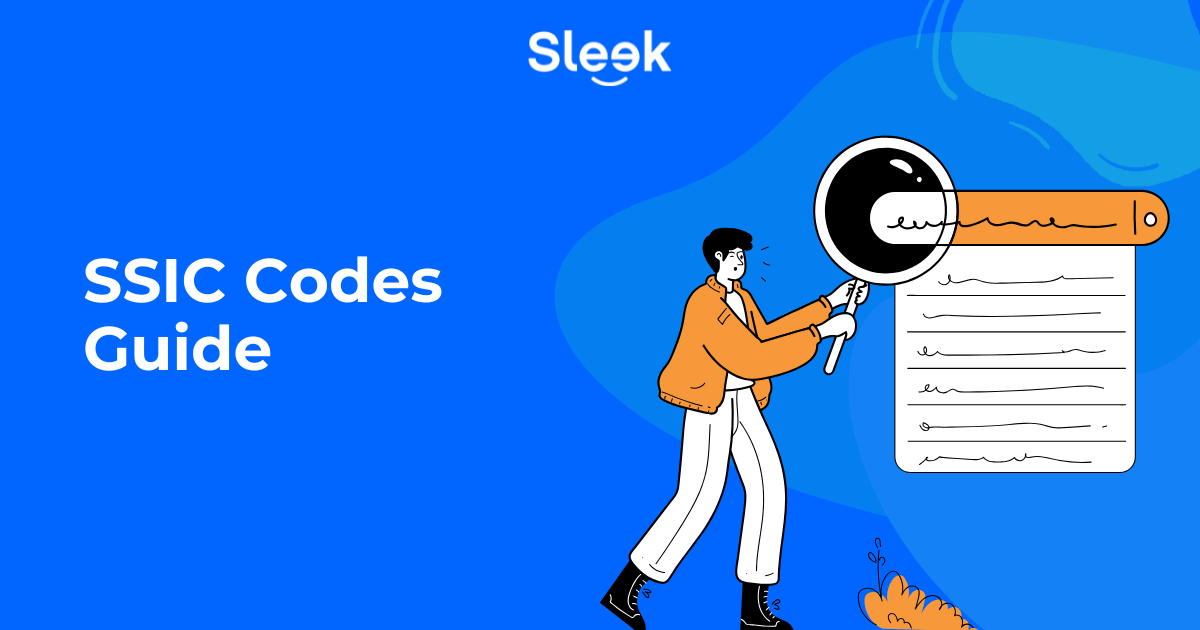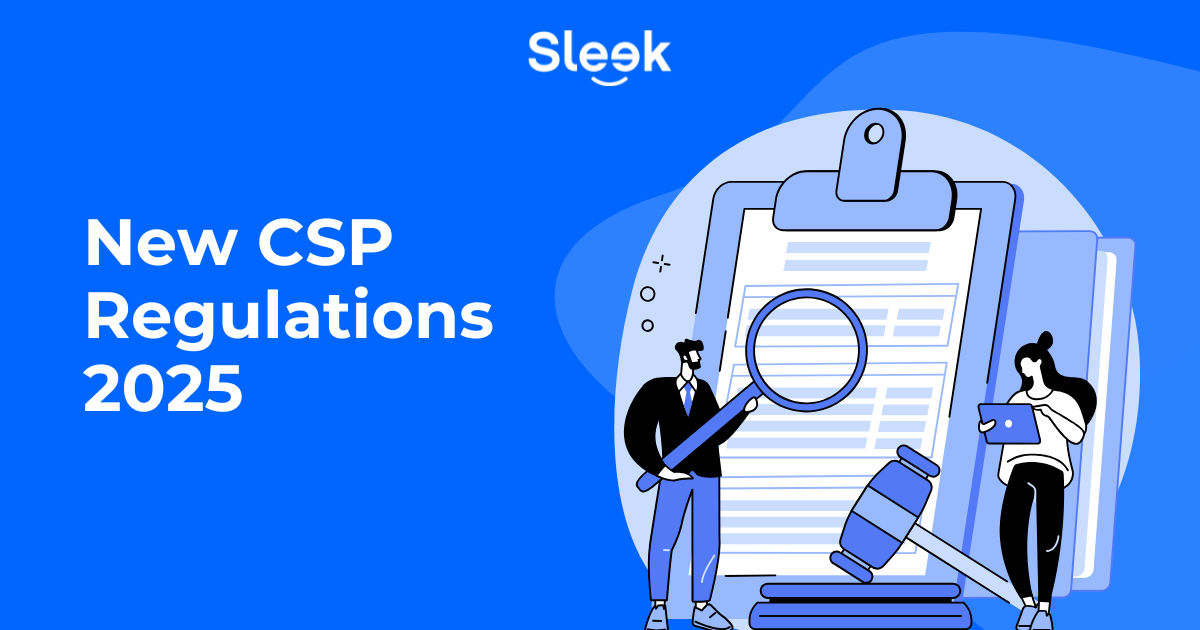Dissecting A Cash Flow Statement
6 minute read
Cash is the oxygen your business needs to exist and grow. However, understanding the movement of your cash can often be tricky, especially when you’re a new business owner.
This is where a cash flow statement comes in as a valuable financial statement for your business.
Ready to find out more about what a cash flow statement is and the benefits it can provide to your business? Keep on reading below!
Overview:
What Is A Cash Flow Statement?
A cash flow statement, or statement of cash flows, is an important financial document utilized by a business’s management team to determine cash inflow and outflow. The cash flow statement presents all cash transactions related to operations, investments, financing activities, and changes in cash over a specified period of time.
Cash inflows can come from sources such as customer payments, bank loans, or investments. Outflows might include the payment of dividends, payroll expenses, and other regular operational costs. Negative cash flow occurs when cash outflows are more than cash inflows over a certain period, suggesting that the business is not generating enough income to finance its expenses.
While there are many potential causes for negative cash flow such as high operating costs, understanding the cash flow statements gives businesses valuable insight into their financial health.
So, what does a typical statement of cash flows look like?
Let’s use the example of an ice cream retailer to help us visualize and understand the statement of cash flows.
Here’s an example of an ice cream retailer to help visualize and understand the statement of cash flows:
From what we can see, the business has had a positive net cash flow of $30,000 for the year ending 31 December 2020.
Need a guide on income statements? If so, click that link to find out more!
The Structure of a Cash Flow Statement
Normally, there are 4 main components in a cash flow statement.
They are as follows:
- Cash flow from operating activities
- Cash flow from investing activities
- Cash flow from financing activities
- Disclosure of non-cash activities. (this part is only included when prepared under generally accepted accounting principles or GAAP)
Cash Flow from Operating Activities
Cash from operating activities, also known as cash flow from operations, refers to the cash generated by a business’s operations over a period of time. This type of cash flow is typically reported on the cash flow statement, which is used in conjunction with the income statement to capture important financial information about a company.
Cash from operating activities includes cash inflows and outflows relating to transactions related to the core activities or operations of the business (for example, cash receipts from sales, and cash payments for fuel and supplies). Negative cash flow from operating activities may indicate that a business has trouble covering its daily costs and expenses, so it’s important for management to monitor cash from operating activities closely on an ongoing basis.
Cash Flow from Investing Activities
Cash flow from investing activities refers to cash flows that come from non-operating activities such as buying or selling property, plant, equipment, or long-term investments like stocks and bonds. This cash flow can either be positive or negative depending on if cash is gained or lost.
Usually, a business will have a negative cash flow from investing activities at the beginning of its operations as they purchase assets with its startup capital. Once they’ve established themselves in the market and expanded their services, the cash flow can become positive when they sell any assets. Within the context of a cash flow statement, it’s important to remember that your income statement net income can differ significantly from your cash flow because some items may not affect cash immediately.
Cash Flow from Financing Activities
Cash flows from financing activities include cash flows in regard to outside investors and lenders. At the end of a negative cash flow, external equity may be needed for the business. Examples include cash received from issuing common or preferred stock and paying back loans. In addition, cash receipts from these transactions must also be included when making a cash flow statement.
Disclosure of Non-Cash Activities
Disclosure of non-cash activities, a crucial component of the cash flow statement, is included to give readers an accurate assessment of cash flow movements. It tracks cash sources not derived from income, such as asset sales and exchange, loan repayments, and stock splits. In addition, it covers negative cash flows that don’t appear on the cash flow statement, including depreciation and amortization.
As cash flows often have a greater impact on a business’s financial position than those found in the income statement alone, cash flow disclosure is vital to illustrate the full effects of a company’s operations.
Need help to stay on top of business finances?
Why You Should Love The Cash Flow Statement
If you hadn’t guessed by now, the statement of cash flows provides useful insight into where your precious business cash has been used and sourced from.
If you’re burning through your cash faster than you anticipated, then reviewing your cash flow statement will help you to identify where you have overspent so that you can change tactics in the future.
This statement accompanies the Statement of Profit and Loss and the Balance Sheet as one of the 3 key financial statements that, together, give you an excellent insight into your business’ financial position and profitability.
Now let’s walk through the key elements of the statement of cash flows so it’s clear where our cash has come from.
What A Cash Flow Statement Comprises Of
Let’s go back to our favorite ice cream business and look at the structure of its cash flow statement. The statement of cash flows identifies separate cash flows coming from:
- Easier access. Digital banking brings a whole new meaning to 24/7. You can access your platform, perform operations and resolve any outstanding issues almost instantly through your platform.
- Better pricing model. Digital banking has more effective and user-orientated pricing algorithms that result in better pricing flexibility. Additionally, many digital banks do not require an initial deposit to get your account started.
- Automation and digitalization. From scheduling regular payments, handling invoices to integrating with other existing services, digital banks offer a range of services that take the hassle out of existing business processes.
- Operating activities. This is the cash coming from the main course of business. For example, selling ice cream, paying staff wages, and paying rent for the premises.
- Investment activities. This is the cash coming from investing in new assets for the business, or investing excess cash in shares, for example.
- Financing activities.This is the cash coming from the sources of finance, most likely in the form of a loan from the bank or an equity injection from shareholders. It can also include dividends paid to shareholders.
- Net income. Simply put – this is their profit, and you will be able to agree on this figure of your profit in your statement of profit and loss.
Not sure how to get started on corporate financial planning? Fret not, click that link to learn more.
4 Steps to Reading Your Cash Flow Statement
We know that profit doesn’t always equal to cash – so we can view a cash flow statement as being structured as a series of steps that gradually adjust our profit or loss to equal the cash inflow or outflow we’ve seen in that period.
This provides further insight into where your cash has come from and gone to. Here are the 4 steps on how to understand this.
Step 1: Adjustments for non-cash items
A prime example of a “non-cash item” is depreciation. This is when the value of an asset on the balance sheet is reduced over the years.
A depreciation charge is included in profit, but no actual cash changes hands in this process, so it needs to be added back.
Step 2: Changes in operating assets & liabilities
In this step, we look at the balance sheet to identify if we have any outstanding receipts from customers or expected payments to suppliers.
This would mean that some revenues and expenses in our profit figure have not been settled in cash yet, so we would need to add them back.
An example of this is a supplier providing the ice cream store seven days to pay for a shipment of ice cream received. The expense has been incurred because they have the goods, but the cash hasn’t left the business yet.
This is the impact of accrual accounting.
Step 3: Sale and purchase of fixed assets
When we invest in fixed assets to support the running of our business, we do not record this as an expense in our profit and loss. Instead, it is recognized in the balance sheet as an asset, or an item we own.
This means that the cash impact of buying the asset hasn’t been captured in profit – and we would have to add it back in this step.
In this case, the ice cream store has decided to purchase a new ice cream van for $20,000 so that they can boost their sales by accessing more locations.
Step 4: Proceeds from long-term loans
This refers to money from sources of finance. In this case, it would be from the bank that provided a loan of $20,000 so that the ice cream business could buy their van.
This loan sits in the balance sheet and not in the profit – so we would thus have to add it back to profit in this step.
In reality, there are a whole lot of steps that you might take to align your profit with cash – but for starters, those would be the main key ones.
And there you have it! That was a quick rundown of the essential components of a cash flow statement and the key things to take note of. Hopefully, you now have a better understanding of why this financial statement is so useful, and why so many business owners love it! While you’re at it, here are 10 useful tips for excellent financial management.
Need additional help? Don’t hesitate to reach out to us at Sleek. Our friendly team is here to help you manage your and more.
You might be interested in reading about:













